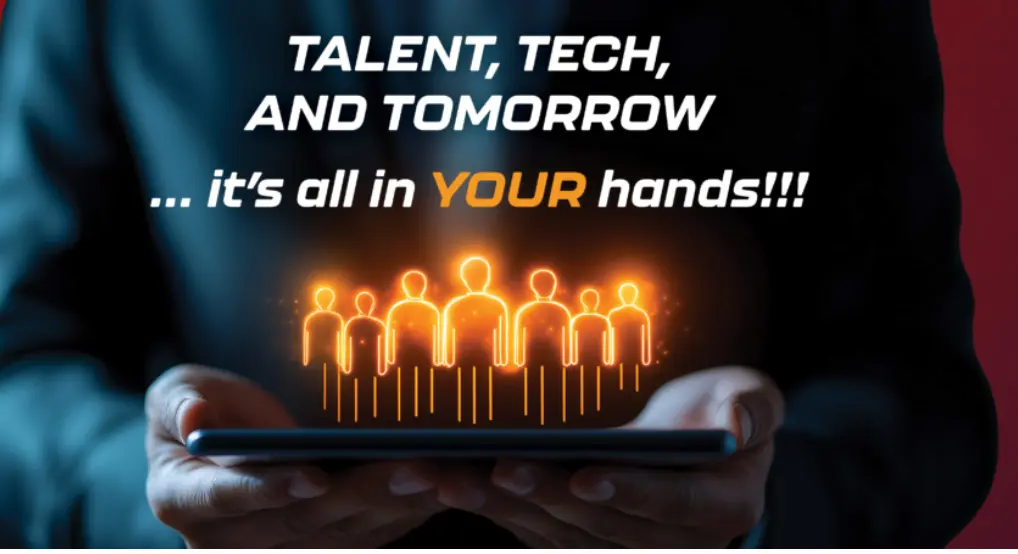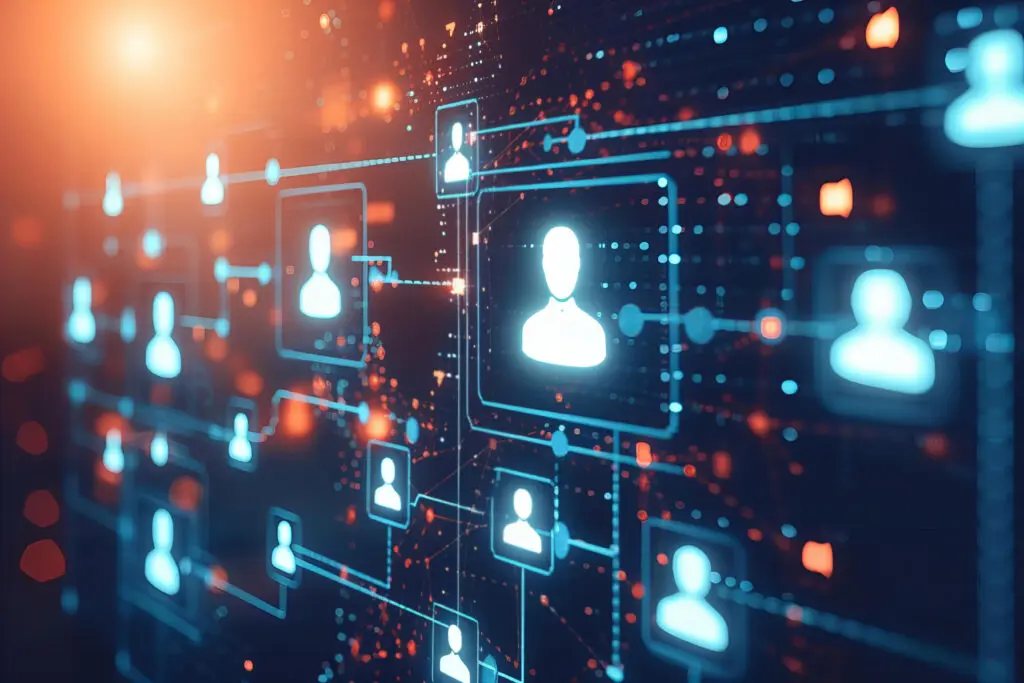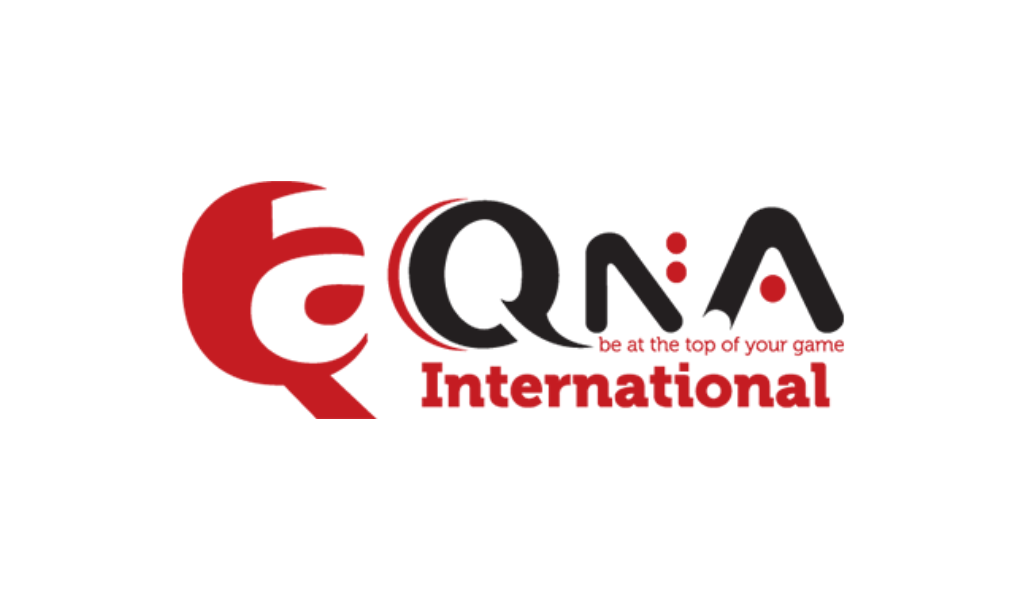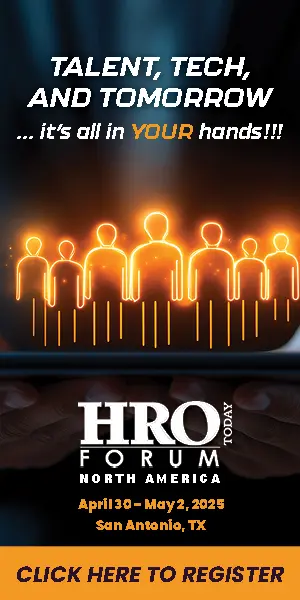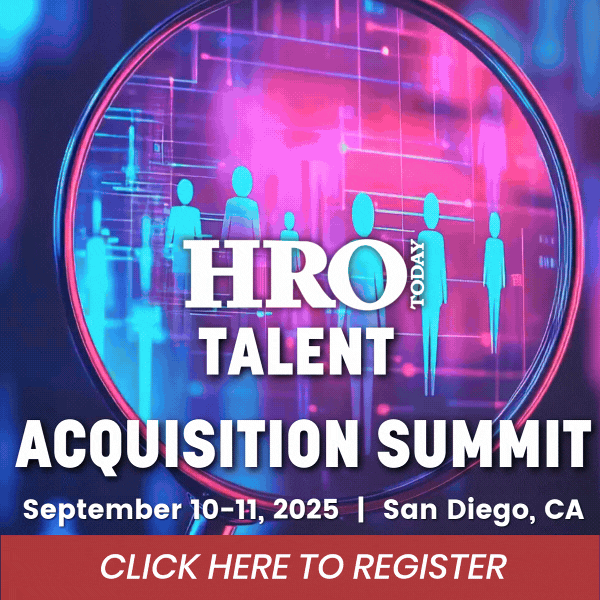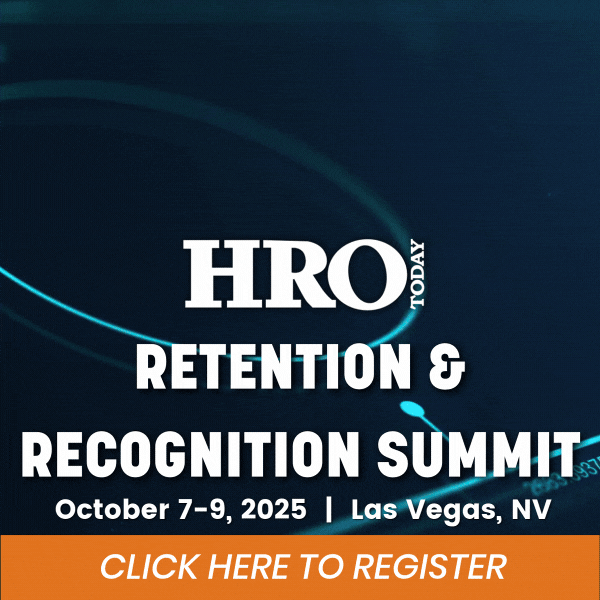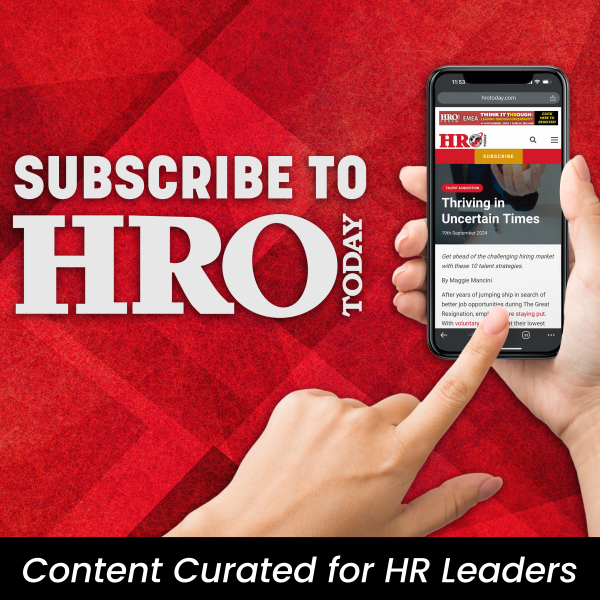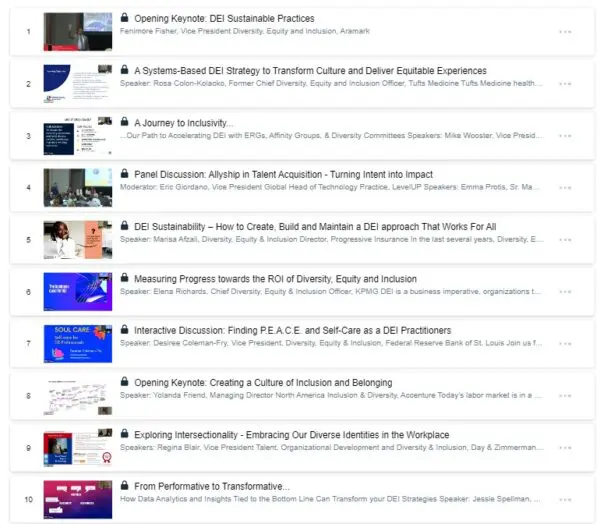From advancing pay equity to optimizing talent development, AI has the potential to reshape HR but thoughtful deployment is crucial.
By Maggie Mancini
As organizations begin to integrate artificial intelligence (AI) into their day-to-day operations, business leaders are praising the ways that the technology can support human resources by optimizing the talent acquisition process, improving workforce planning, and boosting employee engagement by freeing up time for employees to spend on strategic tasks. Despite the hype, adoption of AI in HR remains low, according to a report from HRO Today. While nearly all (95%) HR leaders are using AI in a limited capacity, few consider themselves advanced in their AI-related capabilities. But confidence in AI is also continuing to rise, as HR leaders believe they will be using it more frequently in the coming years.
Though the capabilities of AI will continue to expand, the technology itself is no longer a thing of the future—it’s already here, and HR leaders are now tasked with exploring how to best leverage it to serve the unique needs of their organizations.
Revamping Recruitment
AI has revolutionized the recruitment process in recent years, enabling talent acquisition leaders to source and screen candidates, analyze resumes, conduct assessments, and predict cultural fit. In fact, recruitment is the most common application of AI in HR, with 42% of HR leaders using the technology in their talent acquisition process, according to the HRO Today report.
“AI is now deeply embedded into all aspects of recruiting,” says Josh Bersin, global HR industry analyst and CEO of The Josh Bersin Company. “When a company places an ad on LinkedIn or Indeed, AI is used to match candidates. When a candidate applies for a job, AI is used to score the candidate. And recruiters now use AI to write job descriptions, compare salaries in the market, and compare resumes.”
Bersin adds that recruiters are working as hard as ever, largely because AI helps candidates apply to many more opportunities, but the overall efficiency is positive because those job seekers are getting better refined opportunities and more specific recruiter requests that were previously impossible. For companies seeking highly skilled roles like nurses and engineers, technology now has the capability to pinpoint talent with the exact skills needed.
An important aspect of implementing AI is making the time to find applications that suit the unique needs of an organization or a slice of the workforce. For Kathleen Pearson, global chief talent officer at McDermott Will & Emery, this experimentation led her to the development of AskJane, an AI career coach focused on supporting Gen Z employees as they navigate the world of work.
“I started out with the idea that Gen Z is truly the first digital-native generation we have in the workplace, so their expectations are different and the way we need to meet them where they are is different,” Pearson says. “They want real-time feedback all the time and accessibility on demand, which is just not how career development and coaching has happened in the past.”
AskJane can now conduct mock interviews, ask questions back and forth, and provide guidance on answering common interview questions. It tailors resumes and cover letters to suit job descriptions and provides users with a probability match for the role they’re seeking and the skills they’ll need to pick up to improve their success. For entry-level Gen Z candidates, AskJane is a more cost-effective way to get personalized, one-on-one support in their job search, Pearson says.
AI can help advance organizational DEIB goals through pay transparency, pay equity, and the elimination of salary disparities for members of marginalized groups.
Advancing DEIB and Pay Equity
Even as more organizations adopt AI, concerns over the impact that unconscious biases can have on algorithms have grown. Despite the desire for data-driven decision-making, leaders who rush to deploy AI without guardrails in place may cause more harm than good, exacerbating inequality, according to research from the International Monetary Fund.
Still, when deployed thoughtfully, AI can help advance organizational diversity, equity, inclusion, and belonging (DEIB) goals, including through pay transparency, pay equity, and the elimination of salary disparities for members of marginalized, underrepresented groups, according to a DE&I technology report from Staffing Industry Analysts (SIA).
“Mitigating bias is a multifaceted challenge and there are various dimensions of technologies that can be used to mitigate bias,” says Francesca Profeta, research analyst at SIA. “AI can prioritize diversity through inclusive data and adhere to ethical frameworks. If you’re doing it in a transparent way, you can really aim to expand diversity. Inclusive data collection, for example, ensures that all data sets are trained to be inclusive. We can then train the algorithm to be more inclusive of different races, genders, socioeconomic statuses, geographic locations, and other protected characteristics.”
DEIB and pay equity solutions are an emerging application of AI, Bersin says, and experts believe talent intelligence systems will revolutionize the idea of pay-for-performance—rather than tenure—in the next few years.
“Today, companies can use systems like Compa and Salary.com to quickly see what going rates are for various positions, so it’s far easier for job candidates to make sure they’re not underpaid during the recruitment process,” Bersin says. “Inside companies, AI can now look at salary compared to skill rather than just tenure, which is helping companies fix various pay inequities caused by bias or legacy or tenure.”
Some companies are focused specifically on leveraging AI to support pay equity, like people data and analytics platform Brightmine, Profeta says. In this case, AI analyzes the compensation data of the organization and identifies any pay gaps. For example, it can look for:
-
the motherhood penalty gap;
-
ethnicity pay gaps within an organization;
-
gaps in pay based on gender; and
-
compensation differences based on disability.
“This provides real transparency for the business and fosters trust and retention,” Profeta says. “At the same time, it shows that the organization is committed to fair practices, even if they aren’t yet perfect.”
While 95% of HR leaders are using AI in a limited capacity, few consider themselves advanced in their AI-related capabilities.
Optimizing Talent Development
An important—yet overlooked—aspect of implementing AI into the workforce is time, says Trent Henry, global vice chair of talent at EY. One of the best gifts that HR leaders can give to their people is their time back, which many AI tools can provide. By reducing routine administrative tasks, AI can improve the quality of the time spent at work—like interacting with colleagues, improving skills, and making strategic decisions.
In the new world of work, upskilling and reskilling are paramount. By creating and maintaining a skills-based culture in an organization, HR leaders can ensure that their employees are prepared for the inevitable changes that AI will bring and focus on future-proofing their own skill sets, Henry says.
“Workforce planning is critical,” he says. “This means anticipating what services and products your clients will be buying, and identifying what skills you’ll need to meet those needs. This allows organizations to design their recruitment and upskilling programs accordingly to fill in the gaps of the skills their employees don’t yet have.”
AI is integrated into EY’s talent management strategy to support recruiting top talent and empowering existing employees with future-focused skill sets, Henry says. The company is helping employees enhance their existing skills by developing a career hub that creates a skills profile for employees and allows them to market their qualifications and experiences across the organization and identify gaps where they want to gain or improve competencies.
Pearson says that while the chapter on talent optimization and AI has yet to be written, there are still many things that can be done, including:
-
aggregating data to have a more complete picture of the employee base;
-
analyzing data to identify skill gaps and ensuring that the organization has the right talent for its business needs; and
-
providing real-time feedback and training opportunities to address those knowledge gaps and skill deficiencies.
“Any organization that invests in AI also needs to invest in comprehensively upskilling its workforce to ensure people are acquiring the skills needed to meet client demands,” Henry says. “At the same time, the types of skills employees need are evolving quickly or don’t yet exist in the marketplace. This is why creating accessible upskilling programs is so critical to meeting and staying ahead of client needs.”
Chetan Jain, principal and U.S. HR transformation leader at Deloitte, says AI’s role in talent development extends beyond identifying skill gaps to personalizing learning and development programs tailored to each employee’s specific skill deficiencies and career aspirations.
“Transitioning to a skills-based organization requires a comprehensive understanding of the existing skills in the workforce, identifying gaps, and implementing effective learning and development programs,” Jain says. “While AI can be a powerful tool in this transition, it’s important to remember that it should augment, not replace, human decision-making. For instance, the personal touch in coaching and mentoring cannot yet be replaced by AI. Additionally, ethical considerations around data privacy and potential bias in AI algorithms should also be addressed.”
Thoughtful deployment of AI is key to ensuring that the potential of AI becomes its reality. Focusing on improving employee trust and encouraging meaningful adoption of the technology can help bridge AI knowledge gaps and keep the workplace centered on the humans who enable its success.
“Don’t be afraid of AI,” says Pearson. “Think of it as another employee that is part of the team. It’s not necessarily a replacement. There will be things that go away as part of AI implementation, but there will also be things that we can create. With HR, maintaining relationships with managers and directors and understanding how to be a more strategic HR business partner can make all the difference.”



